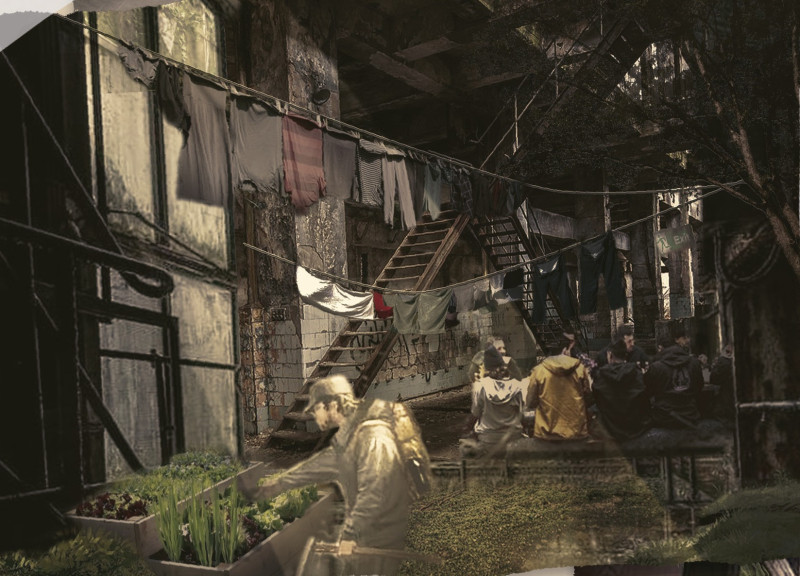5 key facts about this project
M.A.S 2138 is a floating village designed to respond to the unique challenges of living on water. Located in the former Singapore Strait, the project blends functional spaces with essential community needs. The design concept focuses on resilience and adaptability, enabling people to thrive in an environment shaped by the sea and its changing conditions.
Community Resilience
At the heart of the design is the idea of community resilience. The layout features various living spaces that encourage interaction among residents. This sense of community support becomes vital during difficult times, allowing people to come together to face challenges. The architecture reflects a commitment to creating an environment where social ties help maintain stability and well-being.
Structural Integrity
Timber plays a significant role in the construction of the floating units, offering both strength and buoyancy. The project also utilizes scrap material and driftwood for repairs, demonstrating an awareness of environmental sustainability. By making use of available resources, the community shows its ability to adapt and maintain functionality even in changing conditions.
Sustainability and Self-Sufficiency
Power generation is a key feature of the design, supporting the community's drive for sustainability and self-sufficiency. A system of regular updates and communication helps prepare residents for unexpected challenges. This focus on maintaining essential services is crucial for the overall stability and functionality of village life.
Environmental Considerations
Positioned in a location influenced by fluctuating environmental conditions, the floating design allows for movement with the water's surface. This adaptability enables the community to respond to changing ecological circumstances effectively. The relationship between the built environment and natural elements enhances the project's capacity to accommodate life on water.
Shared spaces foster connections among residents, while substantial openings for ventilation create a comfortable living atmosphere. The thoughtful design takes into account both practicality and the well-being of those living within the floating village. It stands as an example of how architecture can respond directly to the demands of its environment.























































